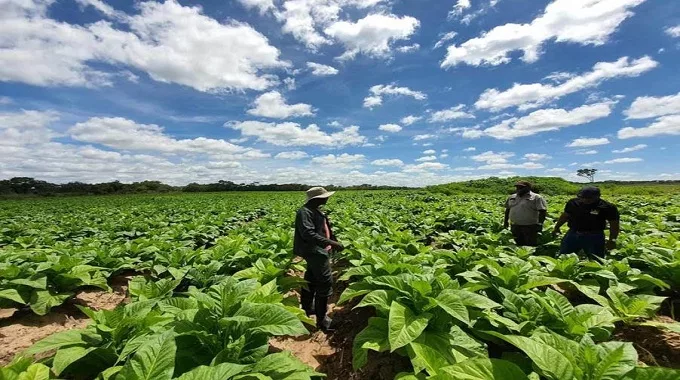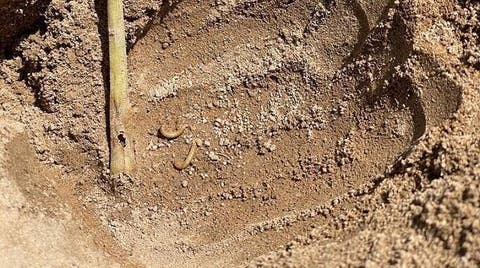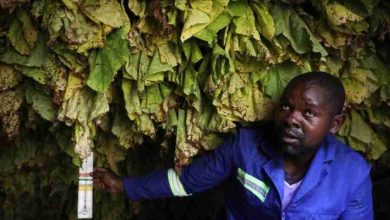Tobacco farmers urged to be wary of wireworms


TOBACCO farmers have been urged to be wary of false wireworms and use recommended chemicals, as the pests are targeting new transplants.
Wireworms are the larval stage of several species of “click” beetles that feed on the seedling stem at or just below the soil surface.
Transplanting of the earliest irrigated crop is currently ongoing.
Kutsaga’s entomologist Ms Chiyedza Nyamakura told State Media that cases of wireworms have been rising for the past two years.
“Historically, both true and false wireworms were not common pests on tobacco in Zimbabwe. If observed, they only caused minor damage, although tobacco is a susceptible host.
“However, in the past two seasons, the occurrence and damage caused by wireworms has become a concern,” she said.
More cases, however, are usually recorded during dryer periods.
“Infestations of the small false wireworm can be as high as hundreds of larvae per square metre, although densities as low as five larger false wireworm larvae per square metre can cause damage under dry conditions.
“The larvae of the small false wireworm are mostly found damaging seedlings shortly after germination or transplantation.”
Kutsaga head of plant health services Dr Cleopas Chinheya said only recommended chemicals must be used to control and prevent the effects of wireworms.
“The only registered products recommended for use against false wireworm on tobacco in Zimbabwe are Thiamethoxam 25WG and imidacloprid 200 SL.
“Thus, if these products are applied correctly at planting, they offer protection to early plant damage,” he said.
Sunday Mail Zimbabwe




